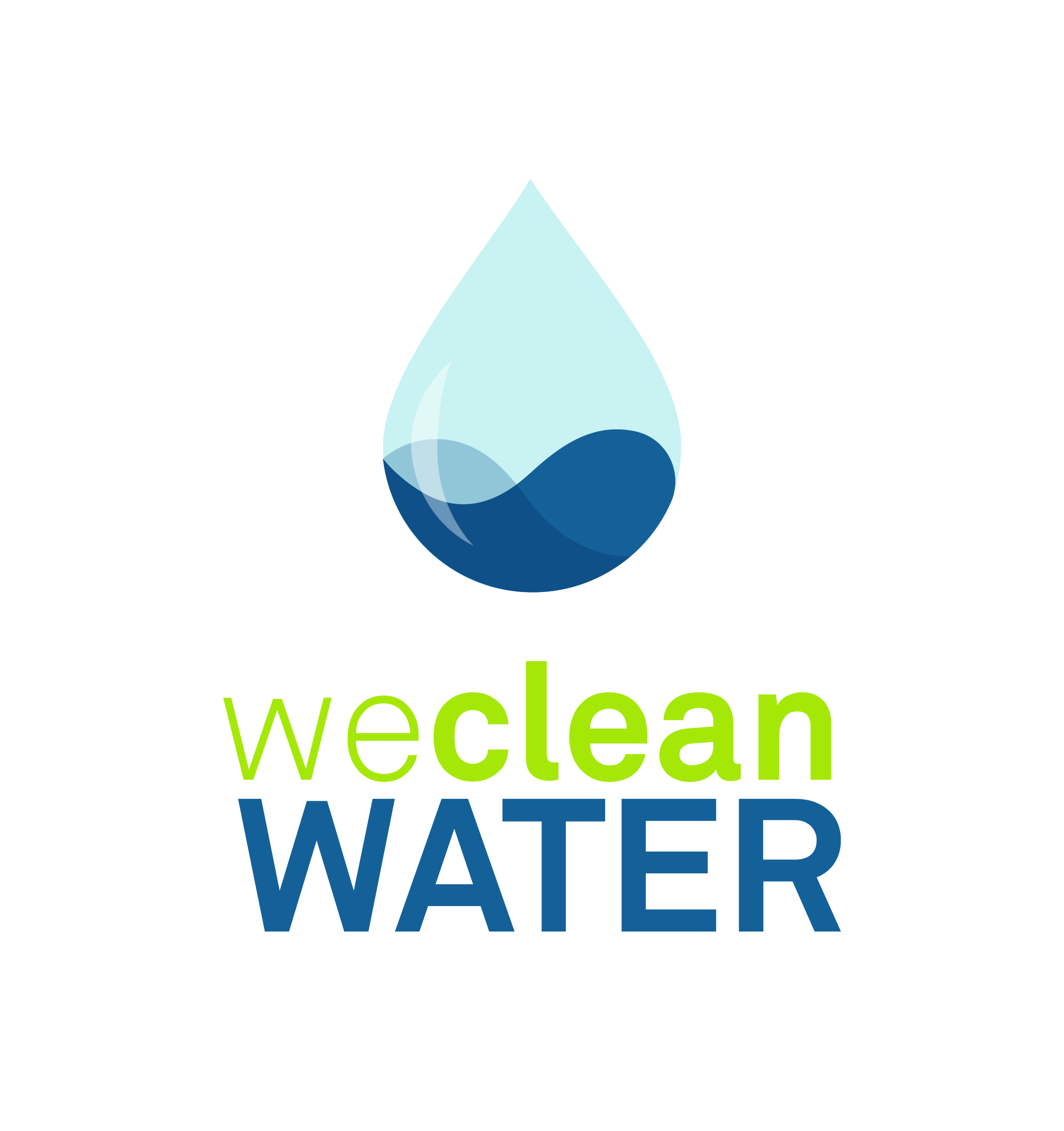MWMC History
The MWMC was formed in 1977 through an intergovernmental agreement between Lane County and the cities of Eugene and Springfield. The MWMC was created to construct and operate the regional wastewater facilities for the Eugene-Springfield area.
A History of Water Quality Improvement





1950: Eugene and Springfield dispose of wastewater directly to the Willamette River.
1972: Clean Water Act passes, establishing new requirments for wastewater treatment.
1977: City officials decide a new regional treatment facility is needed to provide for the wastewater disposal needs of the growing region; MWMC is formed.
1979: Groundbreaking begins for the regional wastewater treatment facility.
1984: New wastewater treatment facility comes online.
1989: Biosolids Management Facility begins operation.
1997: Complete the Water Pollution Control Facility Master Plan, which initiates the Facilities Planning Process.
2000: Biosolids Dewatering Facility constructed.
2001: Wet Weather Flow Management Plan is developed.
2004: The Commission adopts the “Facilities Plan,” a roadmap to meet the community’s wastewater needs until the year 2025.
2004: First phase of three phases of poplar trees is planted at the Biocycle Farm.
2006: Major construction begins at the treatment facility to deliver on “Facilities Plan” improvements.
2008: The clarifiers, where solids settle out of the wastewater, were expanded to ensure the treatment facility could handle severe wet weather flows, and to improve the treatment process.
2008: Three existing digesters, which treat solid by-products, were retrofitted with improved tank mixing technology.
2008-13: New liners of high-density polyethylene were installed in four lagoons.
2009: Aeration Basins are used to reduce organics in wastewater treatment.
2010: Several upgrades (covers, filters, and fans) were made to capture and treat even more odors at the facility. This is part of our Good Neighbor Policy.
2010: A conversion to a Sodium Hypochlorite system increased disinfection capacity from 175 million gallons per day (mgd) to 277 mgd to meet peak flow capacity requirements.
2010: Peak Flow Management introduced to increase facility capacity by routing wastewater through an alternative process configuration during high flows.
2010: Completed influent pumping and headworks expansion project, allowing more flow to enter the plant during wet weather, high-flow events.
2013: Digester capacity improved with introduction of primary sludge thickening process.
2015: New access locations for inspection and maintenance of the piping system was added to the biosolids pipeline that connects the wastewater treatment facility to the Biosolids Management Facility.
2017: Started construction on a fourth digester to increase capacity. Additionally, started construction on new maintenance buildings, that include the water quality testing lab. These buildings are 30 plus years old. The uses of these buildings have changed substantially due to advances in technology, increasing stringent environmental regulations and changes in staffing levels to meet regulations.

